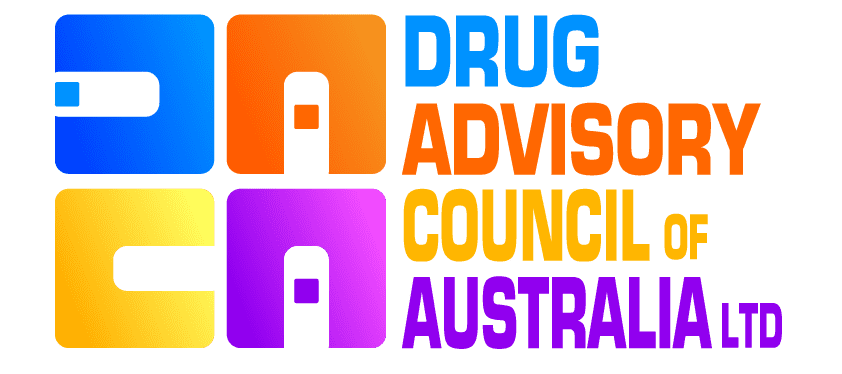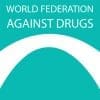Abstract
Extinction therapy has been suggested to suppress the conditioned motivational effect of drug cues to prevent relapse. However, extinction forms a new inhibiting memory rather than erasing the original memory trace and drug memories invariably return. Perineuronal nets (PNNs) are a specialized extracellular matrix around interneurons in the brain that have been suggested to be a permissive factor that allows synaptic plasticity in the adolescent brain. The degradation of PNNs caused by chondroitinase ABC (ChABC) may generate induced juvenile-like plasticity (iPlasticity) and promote experience-dependent plasticity in the adult brain. In the present study, we investigated the effect of removing PNNs in the amygdala of rat on the extinction of drug memories. We found that extinction combined with intra-amygdala injections of ChABC (0.01 U/side) prevented the subsequent priming-induced reinstatement of morphine-induced and cocaine-induced, but not food -induced, conditioned place preference (CPP). Intra-amygdala injections of ChABC alone had no effect on the retention, retrieval, or relearning of morphine-induced CPP and storage of acquired food-induced CPP. Moreover, we found that the procedure facilitated the extinction of heroin- and cocaine-seeking behavior and prevented the spontaneous recovery and drug-induced reinstatement of heroin- and cocaine-seeking behavior. We also found that the effect of PNNs degradation combined with extinction may be mediated by the potentiation of several plasticity-related proteins in the amygdala. Altogether, our findings demonstrate that a combination of extinction training with PNNs degradation in the amygdala erases drug memories and suggest that ChABC may be an attractive candidate for the prevention of relapse.
Journal of Neuroscience, 34 (19) 6647-6658; DOI: https://doi.org/10.1523/JNEUROSCI.5390-13.2014




